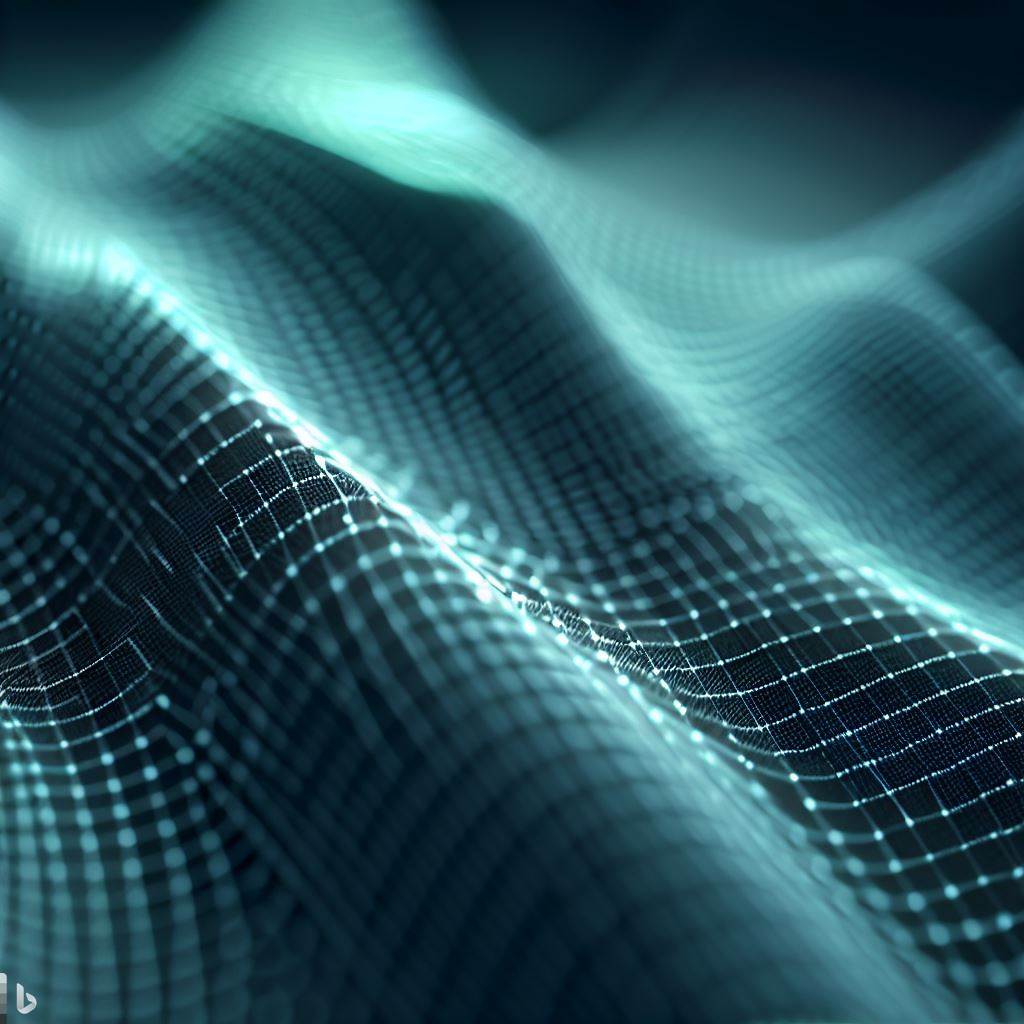As technology advances at an incredible pace, new and innovative materials are being developed that can change how we interact with the world around us. Smart textiles, or e-textiles, are one such material that has the potential to revolutionize the textile industry. They are fabrics embedded with electronics or other technologies that enable them to interact with the environment or the wearer. Smart textile technologies are absolutely changing the game in the fashion industry, offering a whole new level of functionality and interactivity. Previously we have written about smart textiles; now, let us show you a few types of smart textiles making waves in the field.
From conductive textiles to energy-harvesting textiles, numerous smart textiles are now being developed and used in various fields, including fashion, healthcare, sports, and industrial applications. In this article, we will explore some of these types of smart textiles and how they are changing the way we think about clothing and other textile-based products.
So, whether you’re a fashionista looking to stay ahead of the curve, a healthcare professional interested in new technologies, or simply curious about the future of textiles, read on to discover the fascinating world of smart textiles. Fear not if you find yourself overwhelmed by the complexity of this field of fabrics, for 4imag is here to serve as your trusted guide as we delve ever deeper into the intricacies of smart textiles. If you are interested in further research, this book is useful.
E-Textiles
First, let us clarify what e-textiles and smart textiles are. E-textiles contain electronic components such as conductive threads or fibres, allowing fully integrated electronic devices to be created. They can be applied in smart clothing, providing real-time performance or health metrics feedback. Sometimes, the terms “e-textiles” and “smart textiles” are used interchangeably, but there is a difference between the two. Smart textiles refer to any textile material that has been designed to respond to external stimuli or to perform a specific function beyond that of traditional fabrics.
This includes conductive textiles, shape-memory textiles, thermochromic textiles, electrochromic textiles, and other types. Still, e-textiles refer to textiles embedded with electronic components, such as sensors, microprocessors, and other devices, to create a fully integrated electronic system within the fabric. E-textiles are a type of smart textile, but not all are e-textiles. Textile sensors can detect changes in pressure, temperature, moisture, or other environmental factors. Textile sensors are used in medical applications, such as prosthetics and rehabilitation devices, as well as in sports and fitness, where they can monitor performance and provide feedback to the wearer.

Conductive textiles are fabrics that can conduct electricity, allowing for the integration of electronic components such as sensors, batteries, and microprocessors. Conductive textiles are used in wearable technology, such as smartwatches and fitness trackers, and medical applications, such as ECG monitors and pulse oximeters.
Shape-memory textiles
These fabrics can remember their original shape and return to it after being stretched, bent, or deformed. Shape-memory textiles are used in applications such as medical devices and fashion. They can create dynamic and interactive garments that change shape in response to movement or temperature.
Thermochromic textiles
Are they changing colour in response to temperature changes? Absolutely! Thermochromic textiles visually indicate the wearer’s body temperature or even the ambient temperature. They are used in fashion, sports, and medical applications, such as wound dressings that change colour in response to infection.
Photochromic textiles change colour in response to light, becoming darker or lighter depending on the intensity of the light. They are used in applications such as sun-sensitive clothing, which provides UV protection and adjusts to changing light conditions.
Electrochromic textiles
These fabrics change colour in response to an electrical current, allowing for dynamic and interactive designs. Electrochromic textiles are used in fashion and interior design, where they can create mood lighting and colour-changing furniture.
Energy-harvesting textiles
We have already covered solar-powered textiles in one of our previous articles. Energy-harvesting textiles can convert ambient energy, such as light, heat, or motion, into electrical energy, creating self-powering devices. They can power sensors, displays, and communication devices. And this leads us to the next type of smart textiles, e-textiles.
Nanotextiles contain nanoscale particles or fibres, which can enhance their properties, such as strength, durability, or antibacterial activity. Nanotextiles are used in applications such as medical devices, where they can improve biocompatibility and reduce the risk of infection.
These types of smart textiles are just the tip of the iceberg in the rapidly evolving field of smart textile technologies. With each innovation, the possibilities for smart textiles continue to expand, offering new levels of functionality and creativity in fashion and beyond.



